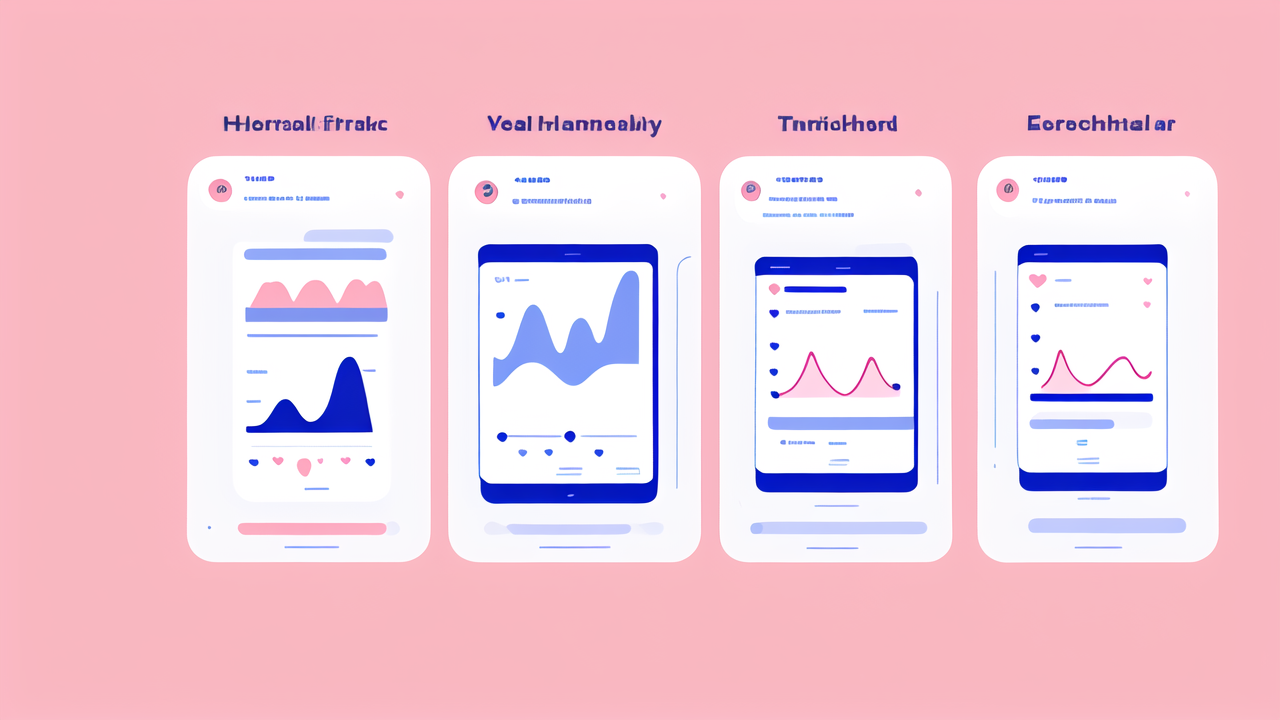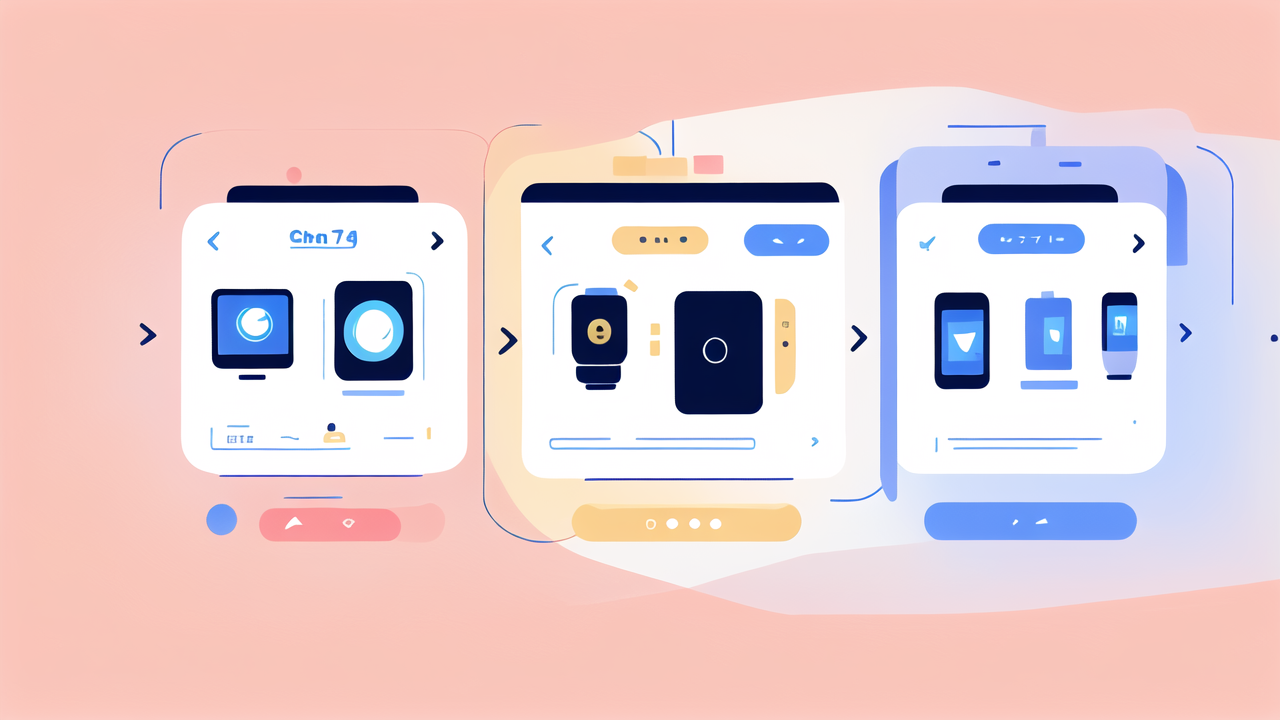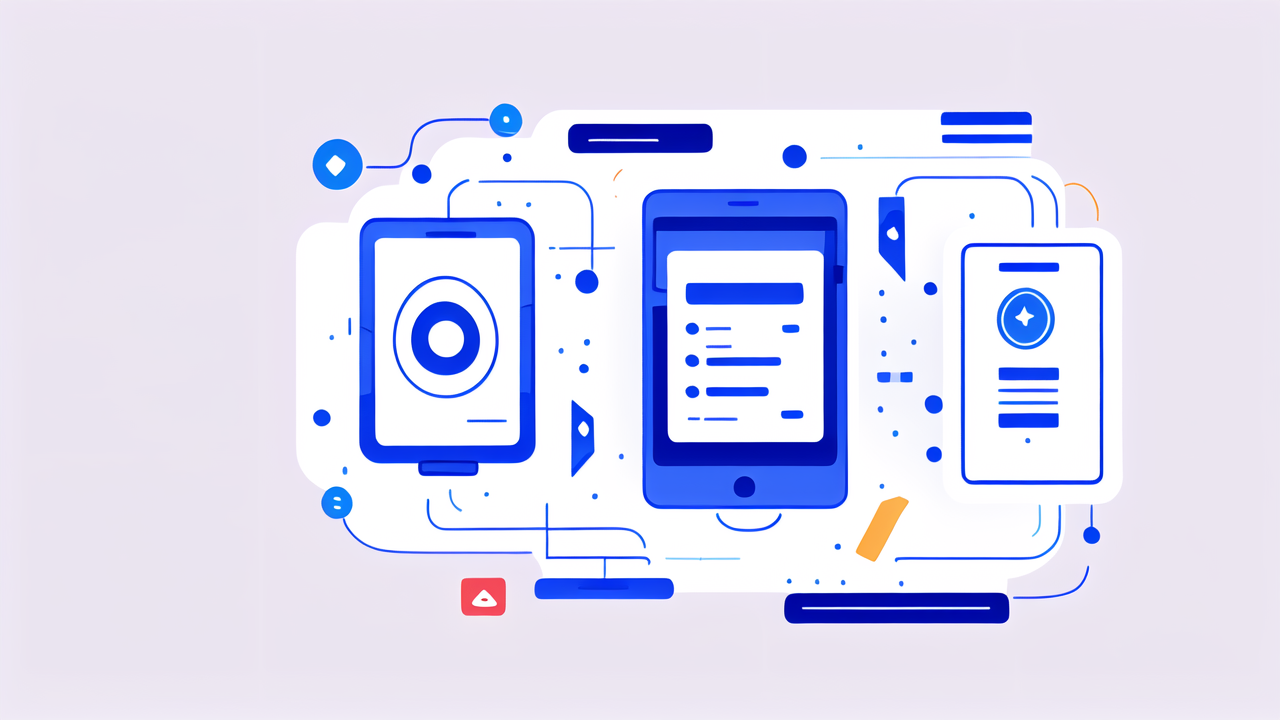The Current State of Health Tracking in the United States
Understanding the Basics of Health Tracking
Health tracking has become a key part of many people's daily lives. It's about keeping tabs on various health metrics. These can include steps taken, heart rate, and sleep patterns. The goal is to help people make better health choices.

Many use apps or devices to log their data. This info can show trends over time. It helps users see how their habits affect their health. Some common things people track are:
- Physical activity
- Diet and nutrition
- Sleep quality
- Heart rate
- Stress levels
Tracking these can lead to better awareness of one's health. It can motivate people to make positive changes. The data can also be shared with doctors for more informed care.
The Rise of Smart Watches in Personal Health Care
Smart watches have changed how we think about health tracking. They've made it easier and more accessible. These devices combine the functions of a watch with health sensors. They can track many health metrics automatically.
The appeal of smart watches lies in their convenience. Users don't need to input data manually. The watch does it for them. This makes tracking more consistent and accurate. Some key features of smart watches include:
- 24/7 heart rate monitoring
- Step counting and activity tracking
- Sleep analysis
- GPS for outdoor activities
- Notifications for high or low heart rates
Many people find smart watches motivating. They can set goals and get reminders to move. This helps them stay active and engaged with their health.
Key Health Metrics Tracked by Modern Wearables
Modern wearables can track a wide range of health metrics. This goes beyond basic step counting. Advanced sensors allow for more detailed health monitoring. Some key metrics include:
- Heart rate variability (HRV)
- Blood oxygen levels (SpO2)
- Electrocardiogram (ECG)
- Skin temperature
- Stress levels
These metrics provide a more complete picture of one's health. For example, HRV can indicate stress and recovery. SpO2 levels can help detect sleep apnea. ECG readings can spot irregular heart rhythms.
Some watches can even track menstrual cycles or detect falls. This makes them useful for a wide range of users. The data collected can help users spot trends or issues early on.
Technological Innovations in Health Tracking Watches
Advancements in Battery Life and Connectivity
Battery life has been a key focus for smart watch makers. Early models needed daily charging. Now, many can last a week or more. This is due to more efficient chips and better power management. Some watches use solar charging to extend battery life even further.

Connectivity has also improved. Most smart watches now have built-in GPS. This means you can track outdoor activities without your phone. Many also have cellular connectivity. This allows for calls and messages directly from the watch.
Bluetooth technology has gotten better too. It uses less power and has a longer range. This means your watch can stay connected to your phone more reliably. Some key advancements include:
- Low-power GPS chips
- More efficient processors
- Improved battery technology
- Better Bluetooth connectivity
- Addition of cellular capabilities
These improvements make smart watches more practical for everyday use. They can track health data 24/7 without frequent charging.
The Role of AI and Machine Learning in Health Monitoring
AI and machine learning are changing how smart watches handle health data. These technologies can spot patterns that humans might miss. They can provide more personalized insights and alerts.
For example, AI can learn your normal heart rate patterns. It can then alert you to unusual changes. This could help detect health issues early. Machine learning can also improve sleep tracking. It can better understand your sleep stages and quality.
Some ways AI and ML are being used in health tracking:
- Personalized activity recommendations
- Early detection of potential health issues
- More accurate calorie burn estimates
- Improved stress management suggestions
- Better sleep analysis and recommendations
As these technologies improve, smart watches will become even more useful for health tracking. They may even be able to predict health events before they happen.
Interface Improvements for User Convenience
Smart watch interfaces have come a long way. Early models were often clunky and hard to use. Now, they're much more user-friendly. Screens are bigger and brighter. Touch controls are more responsive. Many watches now have voice control too.
App designs have improved as well. Health data is presented in easy-to-understand formats. Users can often customize what data they see. This makes it easier to focus on what's important to them.
Some key interface improvements include:
- Larger, higher-resolution screens
- More intuitive touch controls
- Voice command capabilities
- Customizable watch faces and apps
- Better data visualization
These changes make it easier for users to interact with their health data. This can lead to better engagement and more consistent use.
Ethical and Regulatory Considerations in Health Tracking
Privacy Policies and User Data Protection
Privacy is a major concern with health tracking devices. These watches collect a lot of personal data. Companies must handle this data responsibly. Most have strict privacy policies in place. These outline how data is collected, used, and shared.

Users should be aware of what data their watch collects. They should know who has access to this data. Many companies allow users to control their data sharing. Some key privacy considerations include:
- Data encryption
- User consent for data collection
- Options to delete or export personal data
- Limits on data sharing with third parties
- Transparency about data use
It's important for users to read and understand privacy policies. This helps them make informed choices about their data.
Compliance with Healthcare Standards in the US
As smart watches collect more health data, they face more regulation. In the US, the FDA oversees medical devices. Some smart watch features may fall under their rules. This is especially true for features that claim to diagnose or treat conditions.
Companies must ensure their devices meet required standards. This includes accuracy in health measurements. It also covers data security and privacy. Some key standards and regulations include:
- HIPAA (for health data privacy)
- FDA regulations for medical devices
- FTC rules on consumer protection
- State-specific data privacy laws
Compliance with these standards helps ensure the safety and reliability of health tracking devices. It also protects users' rights and privacy.
Future Outlook: Regulatory Trends and Consumer Expectations
The future of health tracking looks promising but complex. As devices get more advanced, regulations may need to evolve. There's a balance between innovation and consumer protection.
Consumers are likely to expect more from their devices. They may want features like:
- More accurate health predictions
- Integration with healthcare systems
- Better data portability between devices
- Stronger privacy protections
Regulators will need to keep up with these changes. They may introduce new rules for AI in health tracking. Data sharing between devices and healthcare providers may also face new regulations.
Companies will need to stay ahead of these trends. They must balance innovation with compliance. User trust will be key to the continued growth of health tracking technology.




Leave a comment
This site is protected by hCaptcha and the hCaptcha Privacy Policy and Terms of Service apply.